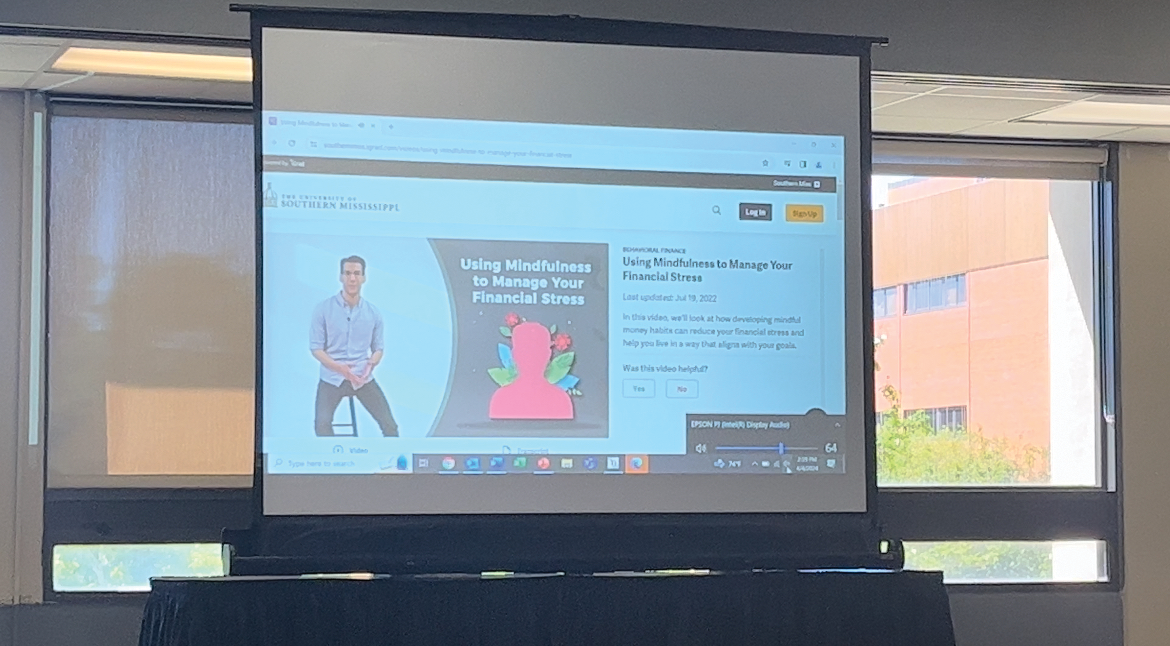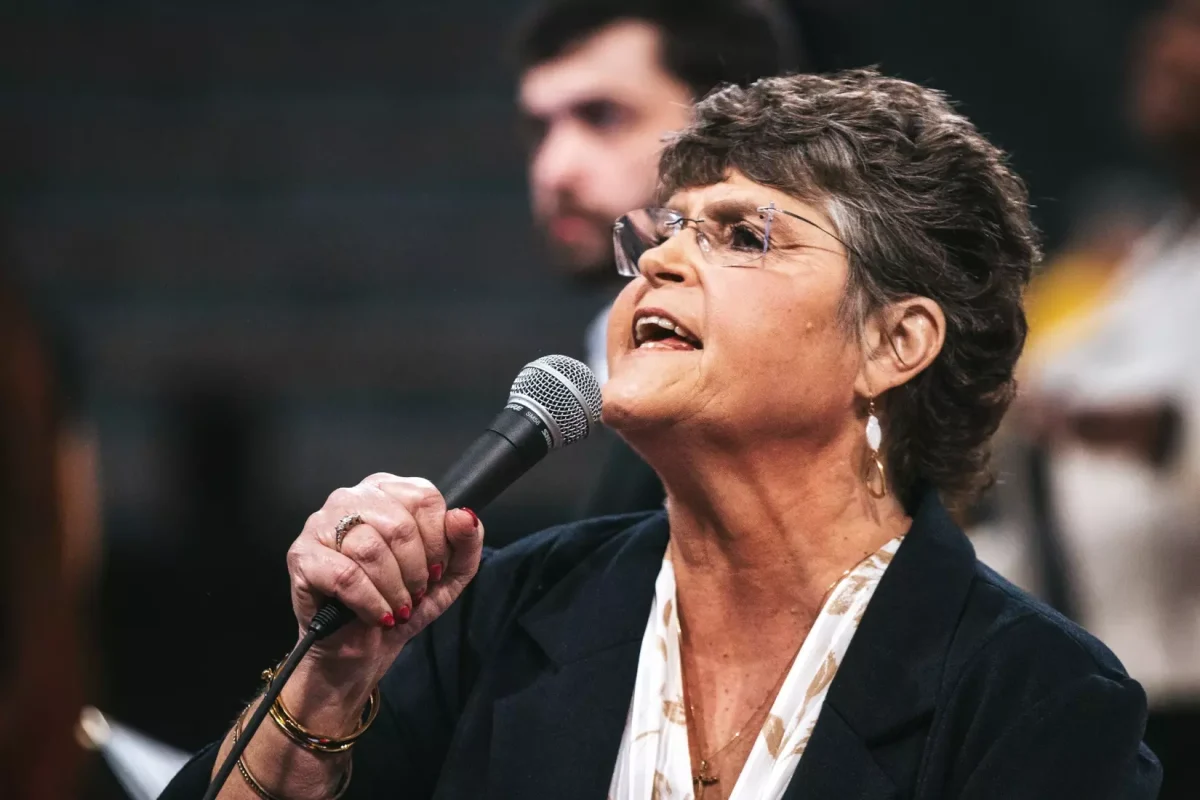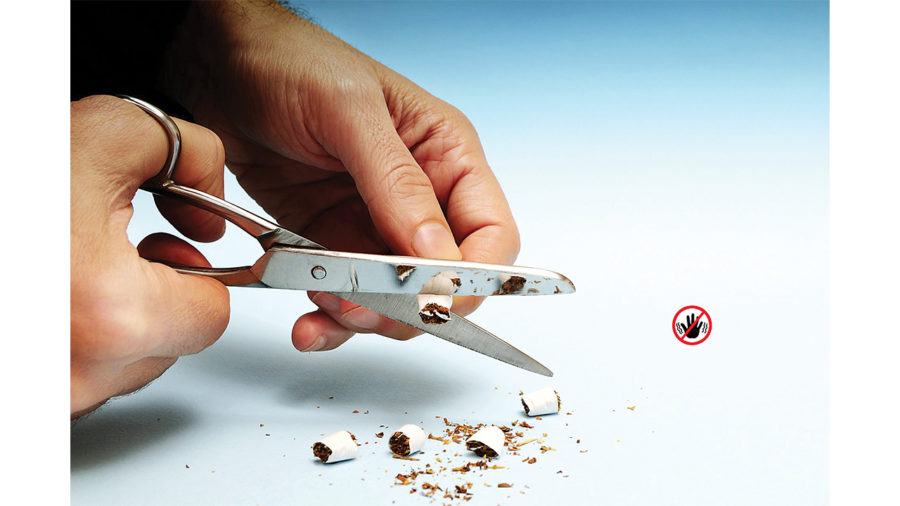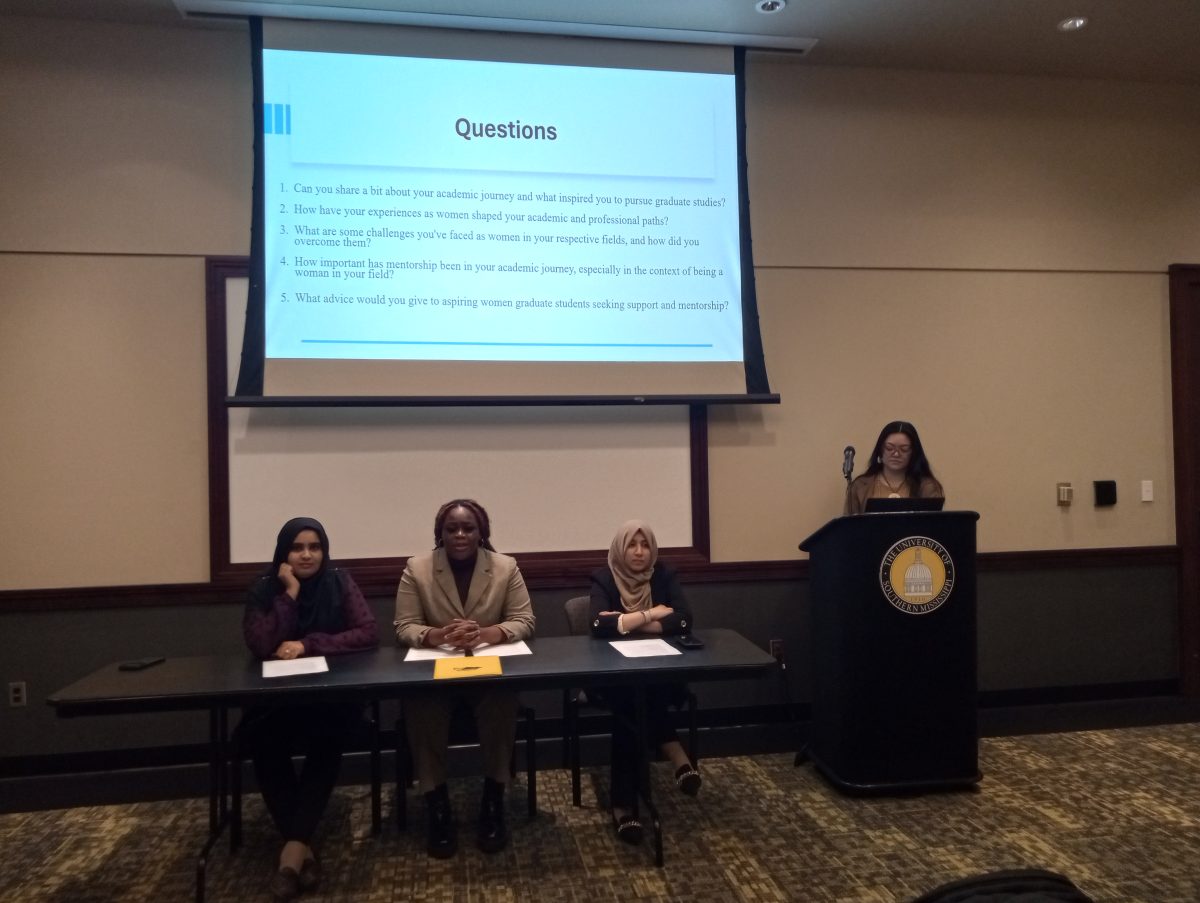By the end of November, the USM Student Government Association expects to submit a refined draft of the smoke-free policy legis- lation for review by the faculty sen- ate and staff council.
SGA President Jeffrey George said upon receiving input for the policy from the faculty staff and senate, as well as from the university’s police and human resources departments, the policy will be submitted to USM’s Executive Cabinet.
“By the point it would get to the Executive Cabinet, the members of the cabinet would review the policy and approve or deny it or essentially make a recommendation to Dr. Bennett to approve or deny the policy,” George said.
Upon approval, smoke-free policy legislation, which is targeted to go into effect fall 2016, would become formal policy to make USM a smoke-free campus. If approved, the policy would further limits to tobacco use on campus and reflect a national trend toward smoke-free campuses.
Tobacco-Free College Campus Initiative, a nonprofit promoting tobacco-free policies, said the number of campus-wide smoke- free policies in the U.S. has more than doubled since 2012, from 744 to 1,547, nine of which are located in Mississippi.
While more than two-thirds of those campuses are fully tobacco free, USM’s policy would only explicitly prohibit smoking on campus.
Smoker and USM Police Chief Bob Hopkins said USM will continue the smoke-free trend because its purpose corresponds with the university’s holistic approach to improving the quality of life of its students.
Hopkins said that while USM has not officially become smoke-free yet, he and others know it is on the horizon.
“The trend is to become more healthy in mind and body, and to do that you’re going to have to address those issues that can adversely affect you,” Hopkins said.
According to the Surgeon General’s 2012 report “Preventing Tobacco Use Among Youth and Young Adults,” college campuses offer a unique opportunity to curb lifelong smoking habits as peak tobacco use is by college-age adults 18 to 25.
“Cigarette smoking by youth and young adults has immediate ad- verse health consequences, including addiction, and accelerates the development of chronic diseases across the full life course,” the report said.
SGA Vice President Kyle Stoner said students made it clear they wanted a smoking-free campus, passing the smoke-free resolution during the 2014 general election with a 76-percent approval rating.
He said that as the executive council considers its measure, the SGA still has a lot to consider before the policy is enacted.
“We have a one-year grace period to figure out the exact wording of the policy, the exact grants that are available, the services that are available, as well as how to nail down the enforcement with UPD and other bodies on campus,” Stoner said.
Stoner said the grants and services the SGA is organizing are intended aid students, faculty and staff in compliance and cessation. He said in this respect he would not expect an easy transition to the new policy. He said he instead expects backlash and non-compliance.
“(We are) making sure students understand that this wasn’t an initiative to take something away,” he said. “It was an initiative to foster a better sense of health on campus.”
Hopkins said offenders of the proposed policy can expect the penalties of the current smoking policy, which permits smoking in designated zones, to carry over to the smoke-free policy if approved. Though he thinks the $50 fines are an effective deterrent, Hopkins said he does not think enforcement will be much of an issue.
“I think we’ve seen a lot less smoking on campus,” he said.
According to the university police records as of September, only five citations have been issued for smoking violations in 2015.
Hopkins said continued enforcement efforts would actually be aided by the complete ban.
“We’re in the middle of going from smoking zones to a non-smoking campus,” he said. “It would be much easier for identification of a violator.”
Creating a smoke-free campus would also resolve a number of the complaints concerning zoned smoking.
Stoner said when the senators presented the smoke-free legislation, they reported that one of the major complaints coming out of the student body at the time was that the current policies were not being adhered to. The lack of signage and ashtrays that indicate the location of smoking zones may contribute to compliance problems, he said.
Smoker and political science associate professor Kate Greene said she thinks the lack of signs at smoking zones confuses smokers. According to Greene, the Liberal Arts Building and the area behind Seymour’s are about the only places with designated smoking zone signage.
Greene said another problem with the zones is the litter.
“They just put their cigarettes out and throw them on the ground when there are garbage cans prob- ably no more than six or seven feet away from them no matter where they are in the smoking zone,” she said.
Another smoker, LAB custodian Margaret Craft, said though it would be nice if smokers cleaned up after themselves she doesn’t really mind.
“They could put it in the (cigarette) holder, but they give me a chance to go outside if they throw something on the ground,” she said.
Hopkins said another problem with the zones is that they’re easily movable, and are sometimes moved to covered areas in compliance with state law excluding smoking near entrances to public buildings.
Greene said, as a smoker, when the zones were first established their location was a problem for her.
“My problem was that the zones wee all out in the open and exposed, so if it was raining or cold, you had to get wet and freeze,” she said.
Despite the dysfunctional state of the current policy, Greene said she would prefer to keep it in place. And she said even if the university does do away with smoking, it might not effect that much change.
“We’ll probably still sit out here and sneak cigarettes or walk across the street to the apartment parking lot,” she said.
The USM Student Health Services maintains a list of cessation resources that provide free services to the public to held students quit smoking.
For more information, visit https:// www.usm.edu/student-health-services/smoking-policy.









































